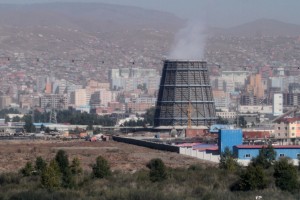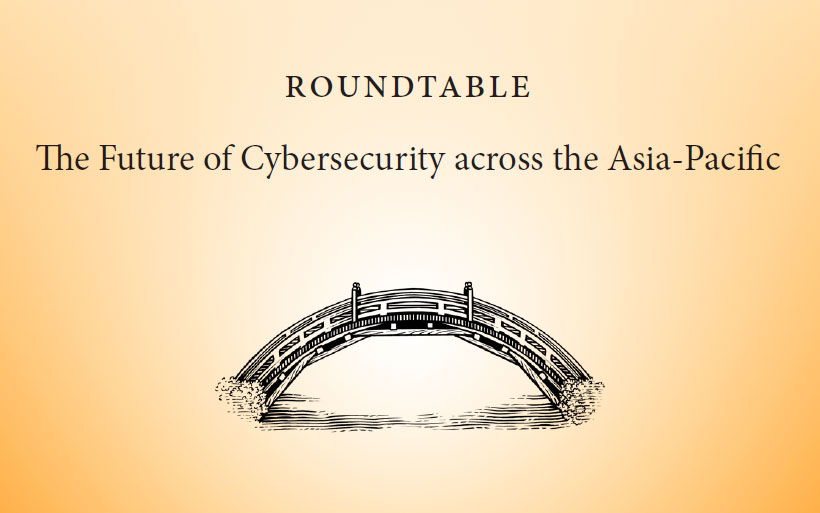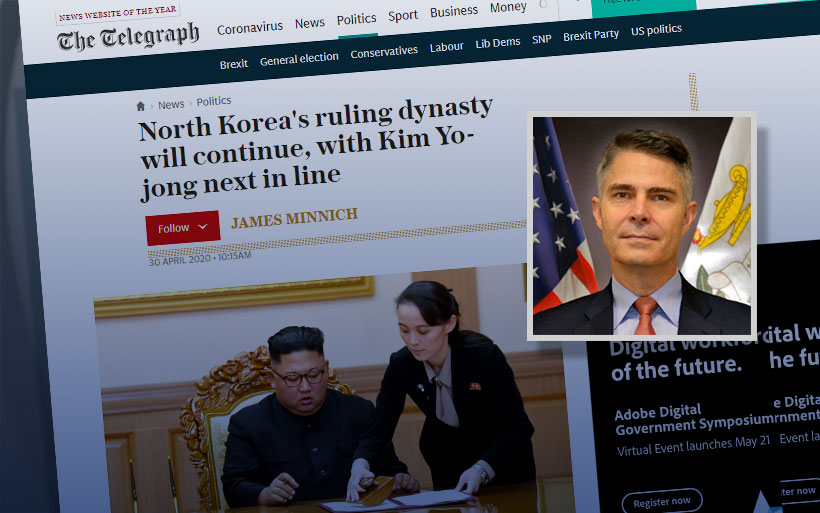by Dr. Jeffrey Reeves
More than twenty years into its transition from socialism to democratic capitalism, Mongolia is a country marred by contradictions. While a few Mongolians have become extremely wealthy due to the country’s nascent mining industry, many more remain stuck in poverty and have experienced a relative decline in their living standards since socialism. In contrast to the new luxury housing and commercial developments in the capital city, Ulaanbaatar, large swaths of the country remain cut off from basic amenities such as sewage and electricity. As options for private education and healthcare have increased for those individuals with means, the quality of the country’s public schools and hospitals are worsening. And while the number of restaurants and cafes in Ulaanbaatar has exploded in recent years, inflation and stagnant wages for most Mongolians means they cannot afford to frequent them.
Over the past two decades, some analysts have argued that these inconsistencies within Mongolia’s social and economic development were simply growing pains; a price the country must pay for transition. Hesitant to criticize the newly democratized state, many argued that Mongolia needed more time to work through the many kinks that were inevitably a part of its transition. Nearly a quarter century since it adopted Washington Consensus-type institutions, such logic, however, is outdated at best, condescending at worse. It is increasingly clear for many Mongolians and Western experts—many of whom were the staunchest proponents of democratic reform—that the economic and social issues Mongolia faces are not the inevitable costs of transition. They are, rather, the result of the state’s inability to engage in long-term development planning and its resulting knee-jerk approach to governance.
Three conditions have contributed to short-term development planning in Mongolia. The first is the lack of continuity in policy and personnel between the different parties. Since the early 1990s, Mongolia’s government has experienced constant turnover in party control of the state’s government and Parliament, vacillating between the Mongolian People’s Revolutionary Party (MPRP) and the Democratic Party in their various forms and coalitions. With each change in power, the new majority party would seek to undo the previous government’s policies—including contractual agreements—, advance their own policies, and replace personnel throughout the government with their own party-affiliated staff. Just as the party in power seemed to solidify its control, a new election would change the political landscape and upend all progress. With such turnover, long-turn planning was impossible.
The second condition is the lack of coordination between Ministries as to a national strategy for development planning. While development planning was ostensibly under the Ministry of Finance through 2009, it was not able to achieve unification in action between the various ministries. Rather, the Ministries of Education, of Urban Development, of Environment, of Health, of Labor, and Social Welfare, among others, launched their own development schemes that both overlapped and contradicted with one another’s plans. The result was a cacophony of narrowly defined activity outside a coordinated mandate.
The third condition—and perhaps the most discussed within Western media—is corruption among Mongolia’s politicians, which manifests itself in two distinct ways. The first-type corruption is the linkage between Mongolian politics and business. This type of corruption undermines development planning as politicians advance their own interest over those of society and businessmen bribe politicians to act on their behalf. While recent legislation aimed at limiting the conflict of interests between politicians and businessmen seeks to break this cycle, the relations between the two groups is a defining factor on Mongolia’s political system since transition. The second-type corruption—used here in a wider application of the concept—is the misallocation of state funds for political gain. The most salient example of this activity is the MPRP’s use the country’s Human Development Fund for cash handouts prior to the 2008 and 2012 elections. Heavily criticized within Mongolia, these cash transfers came at the cost of state investment in institutions such as education and infrastructure.
In a positive development, Mongolia’s current government and Parliament, controlled by the Democratic Party and Democratic Party-led coalition, respectively, seem to understand the need to deal with these constraints and the importance of long-term planning. Since winning majority in Parliament in 2012 and control of the Presidency in 2013, the Democratic Party-led government has undertaken four major initiatives that could prove extremely consequential for Mongolia’s governance and long-term economic development in passed and successfully implemented. While still in the beginning phases, these developments are worth noting for their forward thinking and the concrete effect they could have on Mongolia’s future.
The new government’s first important initiative in support of development planning was the creation of the Ministry of Economic Development (MoED) in 2012. Parliament accomplished this by elevating the already existing National Development Innovation Committee, which had replaced the Ministry of Finance as the lead organization for planning in 2009, to the ministerial level and providing it with the planning mandate. Parliament’s aim in establishing the MoED was to provide a single Ministry responsible for planning and coordinating development activities: a sort of super ministry. While MoED does not yet have this central role, it began drafting legislation immediately after its formation that would provide it with authority to shape aspects of other Ministries’ development planning agendas. If properly implemented this legislation, the Development Planning Law (DPL), has the potential to be the most significant piece of domestic legislation since Mongolia’s transition in the early 1990s, according to Mongolians in both government and civil society tasked with its development. The DPL is the government’s second ongoing initiative focused on development planning.
In its final preparatory phases and with a delivery date for the Mongolian cabinet in March 2014, the DPL seeks to make a number of important changes in how the Mongolian government approaches economic management and development. First, the DPL would provide the MoED with an overall supervisory role in all activity related to economic development. Rather than have all sector policies come from the respective Ministries, the MoED would coordinate the state’s planning across all sectors and then delegate implementation responsibility to the relevant Ministry. Through centralization, the Mongolian government would be able to establish a national development strategy without overlap and redundancies between ministries. This development would remove what many in Mongolian policy development now see as the country’s greatest bottle-neck toward development.
Second, the DPL would require the government to prepare three development strategies: one long-term (15-20 years), one medium-term (5-10 years), and one short-term (annually). These strategies would shape the MoED’s long-range activities and restrict subsequent governments from dramatically changing Mongolia’s development trajectory. If passed, the legislation would ensure continuity between different governments and Parliaments, thereby removing one of the major obstacles Mongolia faced in the past toward development planning.
Third, the DPL would establish a clear process between national and local governments for coordination of economic development. This is an important component of DPL as the current government is also working to decentralize economic development (a process detailed in greater extent later).
Fourth, the DPL would, in theory, reduce the scope for government corruption as it would establish a more transparent, accountable system for planning and implementation. It would do so by replacing the multiple, overlapping economic development efforts between ministries—which provide greater opportunity for misallocation of funding—with a more centralized mechanism operating across a more established hierarchy.
The government’s third initiative with regard to development planning is the establishment of a new Public Investment Program (PIP). The PIP, which has already passed through the Cabinet and is currently under discussion in Parliament, would establish target areas for government investment in four-year cycles. The PIP would require the government to identify areas it will support in line with the medium-term planning and to allocate funds for its priorities within the budget. While it has wide support within Parliament, the PIP is dependent (in its current form) on Parliament first passing the DPL.
The fourth, and final, initiative is the current government’s establishment of the Local Development Fund. Established as part of the 2012 budget, the Local Development Fund seeks to provide local governments and local people’s groups (Huurals) with resources to address what they identify are their most pressing development needs. The fund is part of the current government’s attempt to decentralize aspects of the country’s development planning. As stated above, the DPL would provide a framework for cooperation between national and local governments and measures designed to increase local governments’ capacities to deal with development funding and project implementation.
While the DPL’s supporters are confident it will pass Parliament sometime in summer 2014 (indeed, Parliament specifically called for legislation on development planning in a 10 January 2014 session), its passage is far from assured. The Law’s supporters have identified three serious potential obstacles that they argue must be overcome.
The first obstacle is lack of support from opposition parties or even parties within the existing ruling coalition for the DPL. As the DPL includes provisions aimed at ensuring continuity between successive governments, the party in power at the time of its passing would essential have a mandate to establish a policy legacy. Any party outside power at the time of the DPL’s passing would see its ability to shape future policies curtailed and, therefore, be hesitant to support such legislation. Such opposition has undone attempts in past governments to form similar legislation and will require sustained lobbying from outside interests groups to overcome.
The second obstacle toward passage of the DPL is potential push back from the Ministry of Finance. While stripped of its planning mandate in 2009, the Ministry of Finance is struggling to regain control over development planning. The Ministry remains powerful and influential and is therefore, unlikely to support legislation that weakness it position further. While a less serious obstacle than opposition parties, the Ministry of Finance could complicate the DPL’s passage or weaken the overall legislation.
The third and final obstacle is opposition from the Cabinet to the DPL’s elevation of the Ministry of Economic Development into a super ministry. As it now stands, the DPL would place all responsibility for sector development under the MoED, which would in turn pass its development priorities to the respective ministries. This process would limit flexibility among ministries to establish their own development agendas and is an essential component of consolidating planning at the national level. As Ministries now have control over their own development plans, the Cabinet is likely to object to legislation that strips them of their current powers.
Despite these obstacles, it is in the Mongolian people’s best interest that Parliament push forward with the DPL. While the Mongolian people had little taste for central planning in the early days of the country’s economic reform as they sought a clear break with the country’s socialist past, there is now widespread consensus among Mongolians that the country needs to have far-sighted, more coordinated national planning. Twenty-five years of little or no development planning has left Mongolia reeling under the weight of its economic growth in terms of negative social, economic, and environmental outcomes. For Mongolia’s political system to rise to the occasion of Mongolia’s current challenges, the Mongolian Parliament must pass the DPL.
The views expressed in these articles are those of the author and do not reflect the official policy or position of APCSS, the U.S. Pacific Command, the U.S. Department of Defense, or the U.S. government.











Leave A Comment